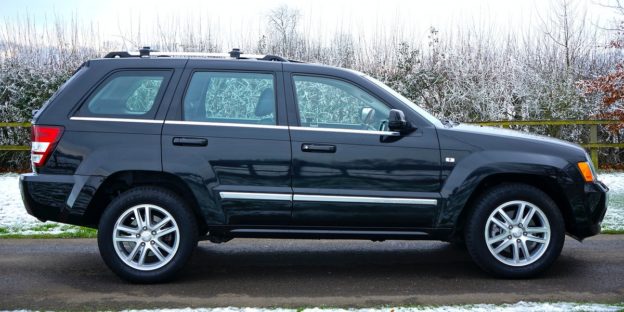When a vehicle has its check engine light (malfunction indicator lamp) on, it’s easy to feel discouraged. After all, this light is telling you that something is wrong, and it’s hard to say how big the problem is until you take it into a dealership.
So what happens when you want to buy a vehicle and the check engine light is on?
This doesn’t typically happen at the dealership because all vehicles are thoroughly inspected before being placed on the lot. However, repossessions are collected from owners who aren’t paying on their loans, so these vehicles often don’t receive the maintenance they should.
Let’s take a closer look at what the check engine light really means and if it’s safe to buy a car with one on.
Is the Check Engine Light Always Bad?
The check engine light is tied to your car’s onboard diagnostics system and is intended to light up when something is wrong. Problems in the electronic control system are stored in a “trouble code” so that the source of the issue can be identified.
To find out what the code is, you can take your car into a dealership or auto shop to have it read. You can also purchase your own inexpensive code reader online if you intend on diagnosing and fixing the problem yourself. This is a great way to save money and get experience working on cars.
Once you have the code, you’ll know what you’re working with and what repairs are required. The good news is that the check engine light doesn’t always mean that something major is wrong. All it means is that something needs to be addressed.
Most Common Reasons Why the Check Engine Light Turns On
The check engine light can turn on for a number of reasons. Here are some of the most common:
- Oxygen sensor. The oxygen sensor tracks the number of unburned oxygen in your car’s fuel system. Without this sensor, you’re likely to have bad fuel economy and damage to your spark plug and catalytic converter.
- Broken gas cap. If your gas cap is broken, loose or missing, the check engine light will come on. Without a secure cap, you can lose gas and have to fill up more often.
- Failing catalytic converter. This converter turns carbon monoxide into carbon dioxide. If it’s broken, you’ll have poor engine performance and fuel efficiency.
- Spark plugs. The spark plugs need to be replaced every so often. Otherwise, poor components will lead to poor engine performance and damaged parts.
Should I Buy a Car with the Check Engine Light On?
If you’ve found a car that you really like but it has a check engine light on, have it checked out by a mechanic. Don’t take someone else’s word for it that it’s no big deal. The system is telling you that something is amiss, so take it seriously. It’s very possible that the light doesn’t indicate anything serious, but if it does, you’ll be glad to know about it.
If the mechanic is able to find out what’s wrong, you can request a discount to pay for the repair. Many banks and credit unions are willing to negotiate their prices. At the very least, you’ll have a full understanding of what’s wrong. If you’re not willing to make any repairs and you’re not a mechanic, it’s probably best to skip the car.
RepoFinder has a huge inventory of repo cars, trucks, SUVs, recreational vehicles and more. Many are in great condition and have plenty of life left! Browse them today for free!

